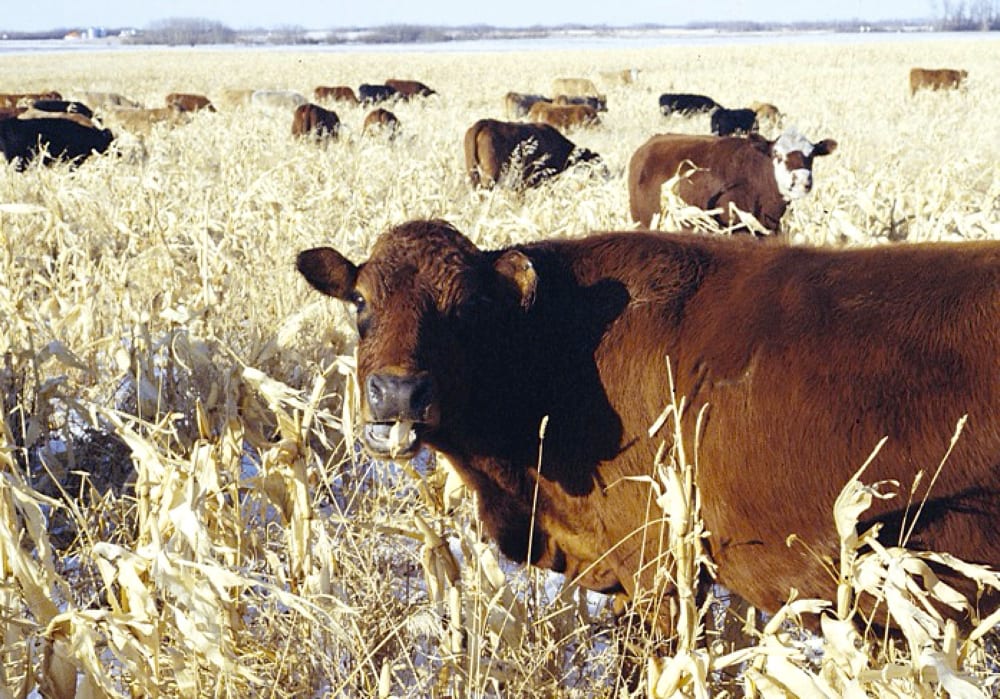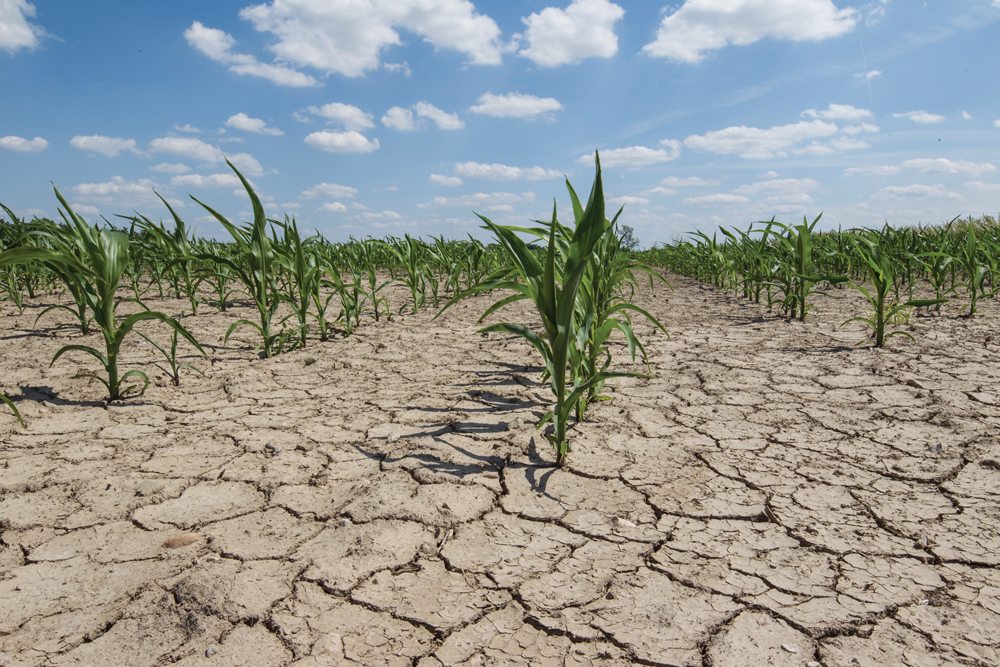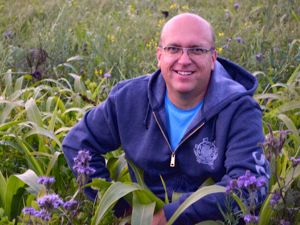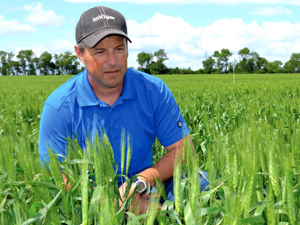
The benefit of attending of Saskatchewan Agriculture’s Crop Diagnostic School at Swift Current last July was having the opportunity to get an up-close look at problems farmers face every season. One of the experts on hand was Rachel Turnquist, a regional forage specialist with Saskatchewan’s Ministry of Agriculture.
Turnquist gave us a look at what she calls the “three worst” forage weeds in Saskatchewan. While you might have different choices for the three worst weeds on your farm, there are definitely three that you don’t want. “These are all very aggressive,” Turnquist said.
1. Leafy Spurge

Leafy spurge “has a milky sap,” Turnquist said. That sap can be harmful to livestock, and irritate human skin.
You can expect to start seeing this perennial in early May. It spreads with a creeping root system, but also by seeds. A large leafy spurge plant can produce up to 130,000 seeds. When they’re mature, Turnquist said, the seed pods “will explode and they will shoot seeds approximately 15 to 16 feet.” Seeing this happen is quite impressive, she says. “Someone should make a YouTube video.”
2. Absinthe

This weed is also “an extremely prolific seed maker,” Turnquist said. One plant can produce up to 50,000 seeds.
“It likes disturbed areas, but it likes well-managed pastures as well.” The plant can thrive anywhere, and once it settles in, it will spread, especially in areas that are overgrazed. It grows to be about a metre tall, and smells like sage.
Yes, this is the same plant used as an ingredient in alcohol (the plant is also called absinthe wormwood). Some semi-reliable sources say this liquor was behind the madness that led Van Gogh to cut off his own ear. Don’t try brewing it at home.
3. Common Tansy

Common tansy is a perennial that likes moisture. “It will grow right along a waterway,” Turnquist said. Farmers who have had a bit more moisture than they would like may have another issue to contend with — these plants are toxic.
To find this weed, look for fern-like leaves. Like absinthe, this plant is very aromatic. It spreads through root growth, and is also “very prolific seed spreader,” Turnquist said. Turnquist expects this seed to spread over the winter when plants are disturbed by snowmobiles.
The spread of disaster

All three of these invasive weeds were brought to the prairies intentionally. Leafy spurge was packed along as an ornamental plant; absinthe was brought for medicinal purposes and to brew alcohol; tansy came along for cooking and medicine. Canadian settlers brought a lot of innovation, ideas and energy to this country. It’s too bad there weren’t Canada Customs agents checking their suitcases for plants when they came on shore.













